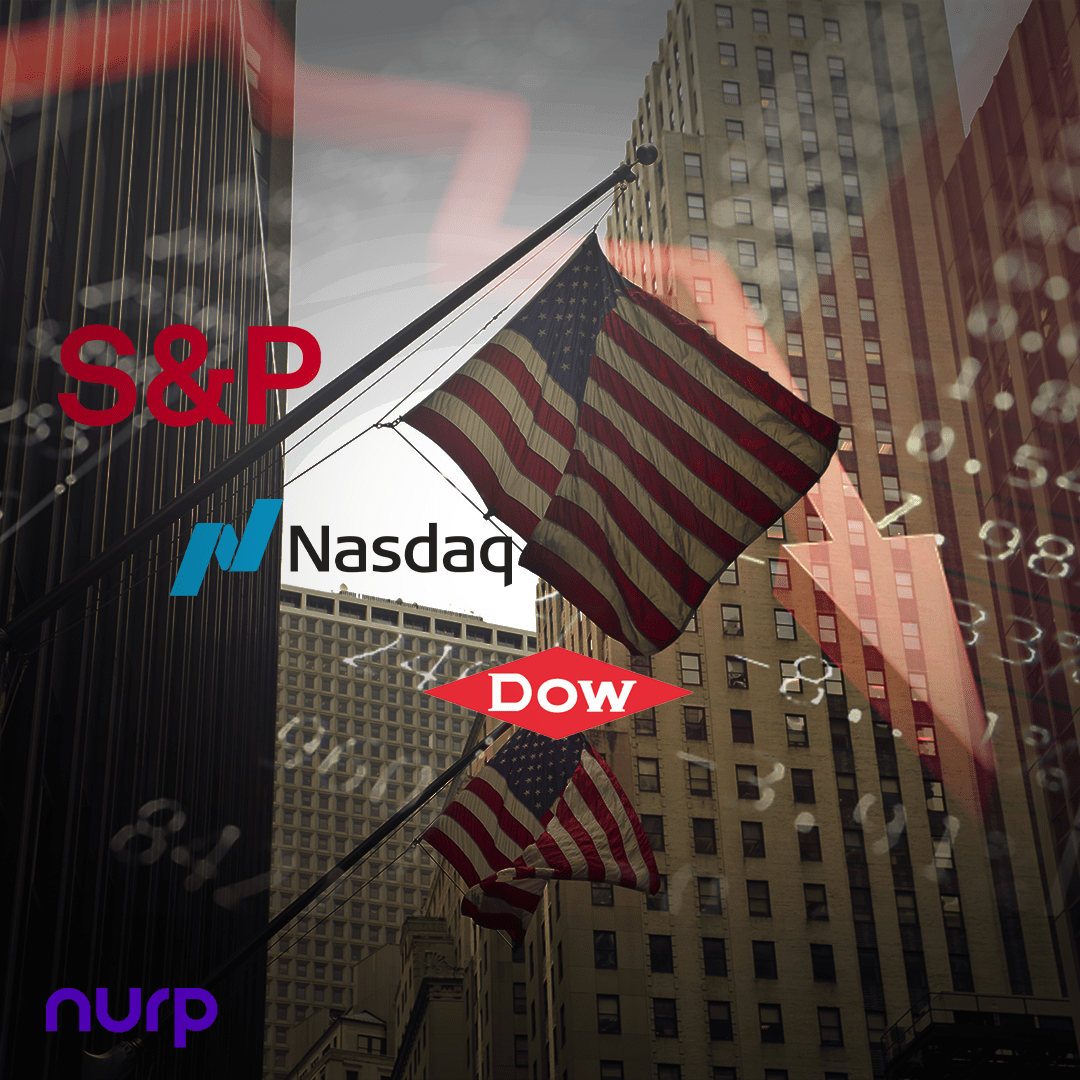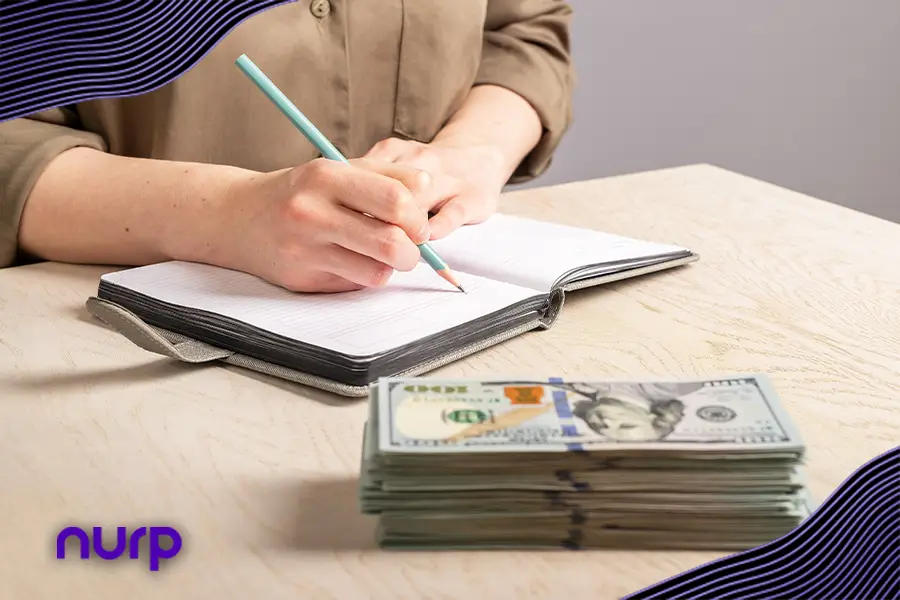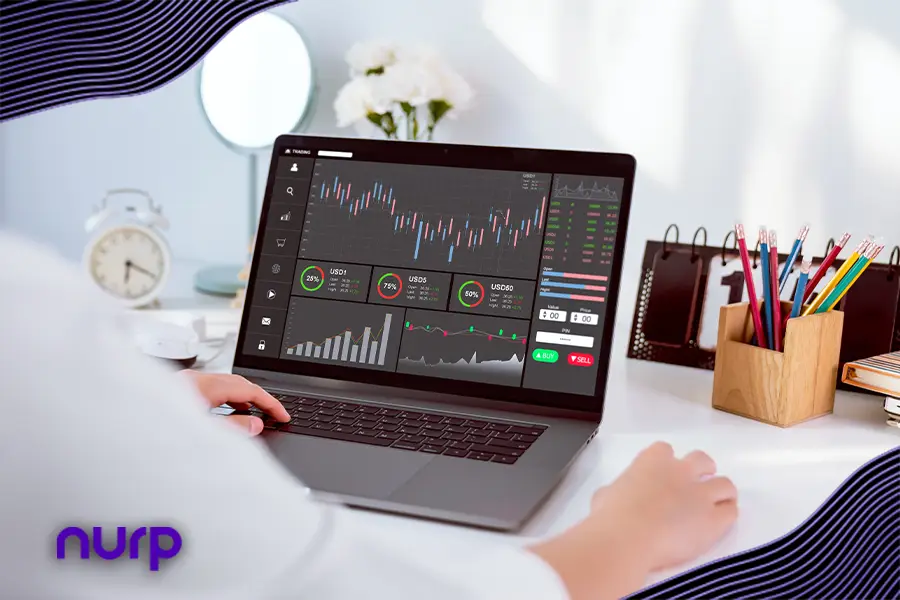One of the most controversial things when it comes to the investing space is whether to diversify or not. You have one camp of people that think diversification is for idiots, and the other camp of people who think it is absolutely necessary. In this video, I’m going to discuss why I do or don’t think it is necessary. Without further ado, let’s get straight to it.
Welcome! If you’re new to the channel, my name is Matt Jimenez. I’m an entrepreneur who has worked with some of the greatest minds in finance over the last several years, and I’m here to share with you everything they’ve poured into me.
Now, today’s topic is diversification. While it may be very controversial depending on which side of the fence you’re on – whether you think it’s smart or you think it’s stupid – it doesn’t matter. I want to speak about my own personal experience and why I believe that I actually should have been a bit more diversified within a particular asset class.
When we talk about diversification, yes, we need to look at the entire investment pool of your portfolio and ask ourselves whether we should or should not be diversified. Regardless of your answer, the majority of people are still diversified. If you have cash and even one stock, you’re diversified—you have cash and you have equities.
When you look at a portfolio in this manner, you can start assessing where you need to diversify more of your monetary energy. While some people love to divvy it up into portions of bonds, equities, currencies, commodities, cryptocurrencies, and so forth, I actually want to isolate a single portion of my portfolio. This portion is the algorithmic trading side of things. I want to ask myself: Should I or should I not be diversified in this section? And if so, why would I do that?
But before we dive into that, I want to pull up a very prominent figure in the world of investing who has a lot to say about diversification. This person is Ray Dalio. Ray Dalio is one of the most successful fund managers on the planet to date, and he has a lot to say about the topic of diversification.
Here, I have Ray Dalio explaining his method of diversification, which he calls the Holy Grail. If you don’t know who Dalio is, he started investing in 1975 and launched Bridgewater Associates from his two-bedroom apartment. In the 40 years that followed, he grew his company to be the largest hedge fund firm in the world. Today, Bridgewater Associates manages $160 billion in assets, and Dalio has an estimated net worth of approximately $18.7 billion – though that number has probably changed by the time this article is current.
Now that you know a little bit about who he is and how much money he has involved, let’s look at what he thinks about diversification. Dalio credits much of his success to a unique method of portfolio construction, one he developed after some painful lessons about diversification during the early years of investing.
Traditional diversification focuses on predicting returns through the purchase of assets in different classes. For example, the majority of people will have stocks, bonds, and cash. Those who are comfortable with high-risk, high-reward strategies focus on the equity side, while investors who need more stability increase their bond and cash holdings.
However, here’s the problem he identifies: The problem with this method of diversification is that it can impact returns. The safer asset classes can’t guarantee the sort of income that stocks do, and they don’t increase in value at the same rates. We all know this because bonds don’t really increase in value – they’re just backed by an interest rate that the government will potentially pay you back.
Meanwhile, stocks are being pumped and pumped with all this endless QE that’s happening, fluffing up asset classes to new highs after new highs. If that was in your portfolio, you would be reaping a large portion of that upside, overall increasing your quote-unquote wealth.
One thing that I found quite interesting is that he calls it the Holy Grail. While you may or may not be religious, that is not the point I’m trying to make here. The point I’m trying to make is the wisdom in the Holy Grail of investing.
Why do I say that? Because, actually, in the Bible, it says something along these lines. In Ecclesiastes 11, the Bible says, “Invest in seven ventures, yes in eight; you do not know what disasters may come upon the land.”
So, why do I even bring this up? Because there is wisdom in all of these texts. If the Bible—one of the oldest written books ever and one of the only books that are still valid to this day – even says to be diversified when it comes to allocating your wealth, it suggests investing in 7 to 8 ventures. Ray Dalio calls his diversification portion of an investment portfolio the Holy Grail.
Now, while you may or may not find that interesting, I just thought it was a cool piece of evidence that maybe we should be a bit more diverse than we think.
With being diverse, it’s very important to understand correlations. If you are diverse but the assets you are holding are heavily correlated, then you’re actually not diverse. For example, if you buy the S&P 500 and then some large-cap equities (quote-unquote stocks), that doesn’t mean you’re diversified. It just means you have more invested in the equity side of things because the S&P 500 is correlated to how well the stock market is doing overall. So, if you’re holding individual stocks plus the S&P 500, those are heavily correlated. If the S&P 500 goes down, more likely than not, the stocks you bought would be going down as well.
But this video, again, is not for any of that. What I want to talk about is correlations within the currency markets. Yes, there’s a multitude of pairs that these algorithms trade, and with a multitude of pairs comes a multitude of different variables of correlations.
On this chart that I have right here, you can see the Forex correlations across a broad range of currencies. This is right on MyFXBook, guys, so you could easily go ahead and look this up. Whether you’re using an algorithm or trading manually, it doesn’t matter – it’s very important to understand these things. If you don’t, you may find yourself in back-to-back losing trades because you’re caught in double-sided losses from heavily correlated pairs.
If you go to the far right of this chart, there’s a filter. You can just click on the pairs that you trade or don’t want to trade, and you’ll see the correlation among them. See, I just moved one out of that basket because I don’t trade that pair, nor do I trade this one, or that one, or that one. That will change everything on the back end over here, and now I can see which ones are heavily correlated.
Of course, the higher the percentage, the more likely they are correlated. What you’re looking for here are things that are not correlated because you don’t want to have a lot of exposure to heavily correlated assets. Let’s say you’re in a long position on AUD/USD and a long position on AUD/CAD, and both of those pairs are heavily correlated at 90%. If you’re in a long position and it’s the wrong position, you’re just taking double the loss.
Typically, if you’re long, you’d want to find something that would be the opposite of that. So, if you’re long AUD/USD, chances are you would probably be in a safer spot if you were long EUR/AUD because they’re inversely correlated at 84%.
The reason why I’m running you through this is that moving forward, after a month or 60 days of tracking the data on my software, I’m going to be looking at the most profitable pairs. From those profitable pairs, I’m going to extract the non-profitable pairs and examine the correlation between all of them. That way, I’ll have a better understanding of what pairs I want my algorithm to trade, what not to trade, and what pairs to look out for.
If I’m heavily in a multitude of positions that are heavily correlated with one another and they’re going in the wrong direction, I’ll have a better gauge on what to do and why things may or may not be working out. I believe this will help with my profitability long term.
Keep in mind, I said I will be removing the less profitable pairs, which will change the returns on how much I’ll be making. I’m okay with that, but what I’ll do to help compensate for the change in return is increase the position sizing on the more profitable pairs.
Now guys, if you’re listening to this, none of this is financial advice. None of this is something that you should take and go do in your portfolio. I do not condone any of that. The only reason why I publicly speak on these things is to show you guys exactly what I’m doing in my own personal portfolio. This has nothing to do with anyone else. So, before anyone takes this as advice—it’s not advice. This is for your entertainment, actually.
Now, with all of that said, let’s look at the algorithms that I have funded at the moment to show diversification. The reason why I’m going through these is because if I was diversified last month when we had that massive selloff from the Yen, and I wasn’t in heavily correlated positions that exacerbated this massive drawdown, then I probably would have been in good standing. But more importantly, if I didn’t have all my money in one singular algorithm and I was diversified among three or four, then I most likely would have been completely fine, recovering from a minor loss.
The reason I say that is because during the time of that massive selloff, I actually had the Dalio bot up and running, and I want to show you guys exactly what it looked like. So here it is, the Dalio bot.
It’s quite ironic that I just spoke about Dalio at the beginning of this video, and now I’m showing you my Dalio bot. I bring this up to show you that during the time of the massive Yen event that caused lots of damage in my other account, this account only experienced an 8.3% drawdown – so essentially, nothing happened to the account. In fact, the account is still running to this day, and so far, the account has done 3.33%. It is only the 14th of August, and currently, I’m up $395 on an account that I started with $995. Essentially, I am up 3.97%.
Do you see how being diverse allowed me to actually keep this investment going while the other one blew up?
The other thing I’m going to be doing is funding a Gold Digger algorithm. The reason being is because during the month that I had the biggest loss I’ve ever had, this algorithm actually did completely fine. In fact, it profited 10% during all of the madness. Now, if I had diversified that $50,000 among the Dalio, the Gold, and even the Fed algorithms, I would be in a much better position right now than I am.
But this is a journey, and it is a learning experience. That’s part of a journey – you learn as you walk. Now, with all that being said, I hope that you found massive value from this video. If you did, please leave me a like, comment, and/or subscribe.
And as always, my friends, peace.
The post The Holy Grail of Diversification first appeared on Nurp.com.







